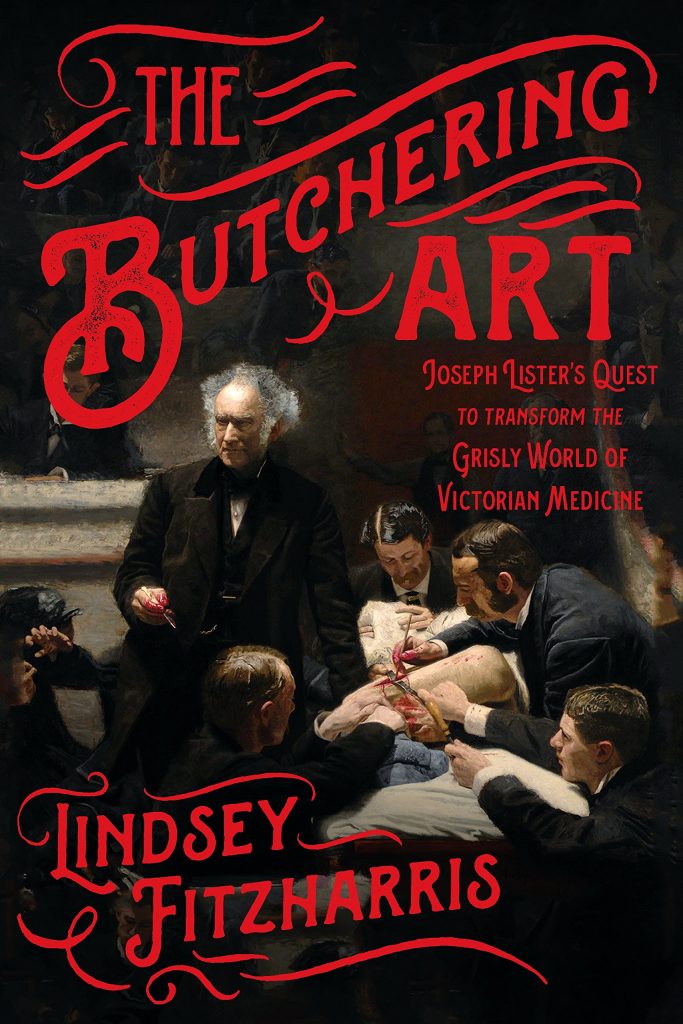Check out my find from the library. No, this is not a weapon or an exercise block. This hard-covered book, “The Story of the Jews, Volume 2” by Simon Schama is eight hundred pages, and if someone told me in 2020 that I would be excited to find this book in 2022, I would say they are crazy. Yet as I dive in, I realize this is the perfect find for the second draft of Abigail. I confirm that while Jews could live openly live in 1800s England, not all doors were open to them, and anti-Semitic issues rose frequently. At the same time, I’m picking up names of well-known Jews of the time and their stories, and while I would not make them characters, I could see Papa saying that he wanted David to become another Myer Lyon, a cantor of the Great Synagogue of London and an opera singer. Don’t you love little gems like that to bring history to life?

When I write the first draft, I build the story and create
my characters. How I do that is a subject for another post. When it comes to
research, I google and fact-check, but I try not to go deeper than a couple
of Wikipedia paragraphs. When I’m in the second draft, I look for books that
help me bring the world of my characters to life. This could be fiction set in the same period and place as my manuscript, biographies, history books, and documents
written at the time of the story.
A question I often get at book clubs is “how do you know so
much about surgery if you are not a doctor?” I love that question. Writers are
told, “write what you know.” What I know is NERC CIP requirements for the utilities.
Any takers to read about that? I don’t blame you. I enjoy historical fiction,
and so that’s what I write. What I don’t know, I research. My main character is
a 19th-centuryth century doctor, so I started with what she had access to in the 1800s. Statoscope? No. Ether or chloroform? Not yet. Carbolic acid? Nope. Antibiotics?
You got to be dreaming.

Non-fiction.
The book that showed me the world of 19th-century medicine was The Butchering Art (Joseph Lister’s Quest to Transform the Grisly World of Victorian Medicine) by Lindsey Fitzharris. I’ve been told that if you have a Ph.D. from Oxford, like Lindsey, you are legally required to have at least ten words in your titles (jk). That book sat on my dining room table for weeks as I took careful notes of the world of medicine before Dr. Lister made his great discovery of germs. The book spares no detail and is a gripping read. A couple of months after I published A Girl with a Knife, I learned that the author, Lindsey Fitzharris, went to the same high school as me, and I found her picture in the Prospect yearbook. What a small world! She’s busy promoting her new best-seller, the Facemaker, about the pioneer of plastic surgery

Fiction.
When it came to fiction, I ran a Google search for a
book about woman surgeons in the 19th century and found The Girl in his
Shadow by Audrey Blake. I loved that book and wanted mine to be just as good.
The writing was beautiful, the characters well-developed, and the medical scenes crisp
and detailed. The story is set in the 1840s, and ether has been discovered, but the
attitude against women in medicine has not changed a bit. The main character,
Nora Beady, gets around the ban on women medical students and surgeons, but differently than Ella. The sources listed in the conversation with the
authors were very useful, especially the articles written in medical
periodicals of the time and “The Knife Man”, the biography of John Hunter, the
father of modern surgery.

Primary sources.
With the power of the internet, the Provincial
Medical and Surgical Journal, printed in the 1840s, is at our fingertips,
accessible through JSTOR.org. Finding a
useful case is a needle in a hay stag, but a good find is gold. This is where
all those surgical details and the proper terms for the ovarian
cyst surgery and the postmortem of the woman who swallowed a sharp bone came from in A Girl with a Knife.
I’m typing in “leg injury”, hoping for a good story, and here's one. “I was hastily summoned to visit Catherine Bamber, aged 10 years, whose leg had been severely injured in the cog-wheel of a bark-grinding mill at a tan-yard.” Someone call the Child Protective Services while I skip around the article. “A great quantity of blood has been lost, and there had been considerable vomiting before my arrival… The child had no sleep, is very restless from the excruciating pain, and complains of the limb feeling numb. Five grains of calomel, with a tablespoonful of castor oil, were prescribed immediately… the tongue is but very slightly furred… The facies Hippocratica is now evident… the bowels have been opened three times.”
This
goes on for a while until the doctor decides to amputate her leg. “During the
operation, which lasted but a few minutes, she fainted, but speedily rallied up
the administration of port wine. (This is 1850, and ether had been discovered. Many
doctors still did not use it.) There is no happy end for poor Catherine. You
can see, however, how much can be learned from a case like this and woven into
my books.
I’ve heard people give two reasons why they believe they cannot write historical fiction. 1. It’s too much research, and they don’t want to do it. 2. They love to research and would lose themselves in the rabbit hole. My answer to both reasons: the story must be written first, and research is only to beef up the details.
In Abigail, when I
wrote about Moishe playing the violin, I googled what makes some pieces
especially hard to play. I picked up terms like left-hand pizzicato and
spiccato bowling, and I added them to the narrative. I also learned that Niccolò
Paganini wrote many of the hardest pieces for the violin. I skimmed the great musician’s
biography on Wiki, and it was fascinating. Had Moishe been the main character,
and his music journey central to the novel, I would’ve checked out a book or
two on Paganini and other famous violinists. For my purposes, a couple of terms
are enough, and I will stop myself from digging further. There’s only so much
time in a day, and I have my books to write.

